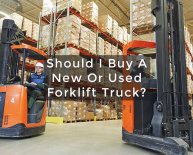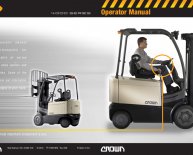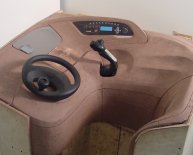October 13, 2019

Electric Lifts
| Electric Power > Overhead Line Work > Use of Aerial Lifts
Overhead Line Work
1910.67(c) and 1910.269(p) contain specific requirements for aerial lift equipment commonly used in overhead line work. Among these requirements are:
Personnel working in an aerial lift must wear fall protection and cannot belt off to a pole or other structure. The lift controls of bucket, derrick, and pole setting trucks, etc. must be tested before use each day to be sure they are in safe working condition.
When other workers are present, vehicles must not be backed up unless (1) the driver has a clear rear view and the vehicle has a back-up alarm or (2) another Worker serves as a guide. If a vehicle has outriggers, they must be used unless the work area or terrain prevents their use. Vehicles may only be used within their maximum load limits and without outriggers if the manufacturer's design and instructions indicate that it is safe to operate without the outriggers. Before outriggers are set, the operator must have a clear view of the outriggers or otherwise ascertain that all workers are clear of outrigger motion. When operating near energized lines or equipment, aerial lift equipment must maintain the minimum approach distance unless the insulated portion of the aerial lift is operated by a 269-qualified employee. If necessary, another worker must be a spotter for the operator to ensure the minimum approach distance is maintained. If the aerial lift could contact energized lines, then at least one of the following must be done (see 1910.269(p)(4)):
The aerial lift must be insulated, and uninsulated portions of the lifts must maintain the minimum approach distance from live parts. The aerial lift must also be positioned so that uninsulated portions of the lift cannot come within the minimum approach distance from the live parts. (Note that insulated booms require electrical testing at voltages and intervals specified in ANSI A92.2. An untested boom or one that fails a test is considered non-insulating. See 1910.67(c)(3)); or Workers must be protected by implementing all of the following:
|

















